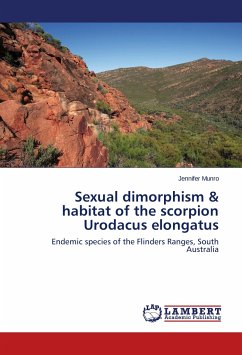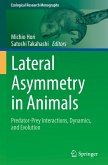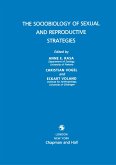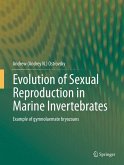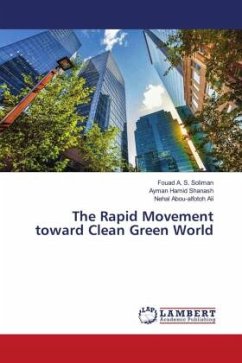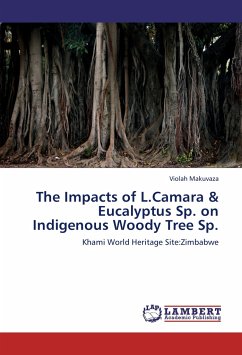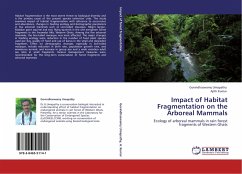Part one of this study of the Flinders Ranges scorpion Urodacus elongatus (Scorpionidae) described instar number, sexual dimorphism, and sex related movement and survivorship. Six instars were determined for both sexes, with individuals allocated based on morphometrics. Persistent sexual differences enabled differentiation in second to sixth instars. Sexual dimorphism slowly developed in immature instars, and was fully expressed in sixth instars. Dimorphism of metasomal segments supported sexual selection for this trait. Intersexual differences in frequency and activity in sixth instars suggested males were more at risk of mortality by natural selection processes. Part two of this study targeted the habitat requirements of the Flinders Ranges scorpion in conservation areas within South Australia. Habitat variables were used to determine distribution and density. Rock qualities and slope were most related to scorpion presence. This was highest at slightly sloping sites with moderate cover of medium-sized rocks. These types of sites are characteristic of creek bed and floodplain areas within these conservation areas.
Bitte wählen Sie Ihr Anliegen aus.
Rechnungen
Retourenschein anfordern
Bestellstatus
Storno

